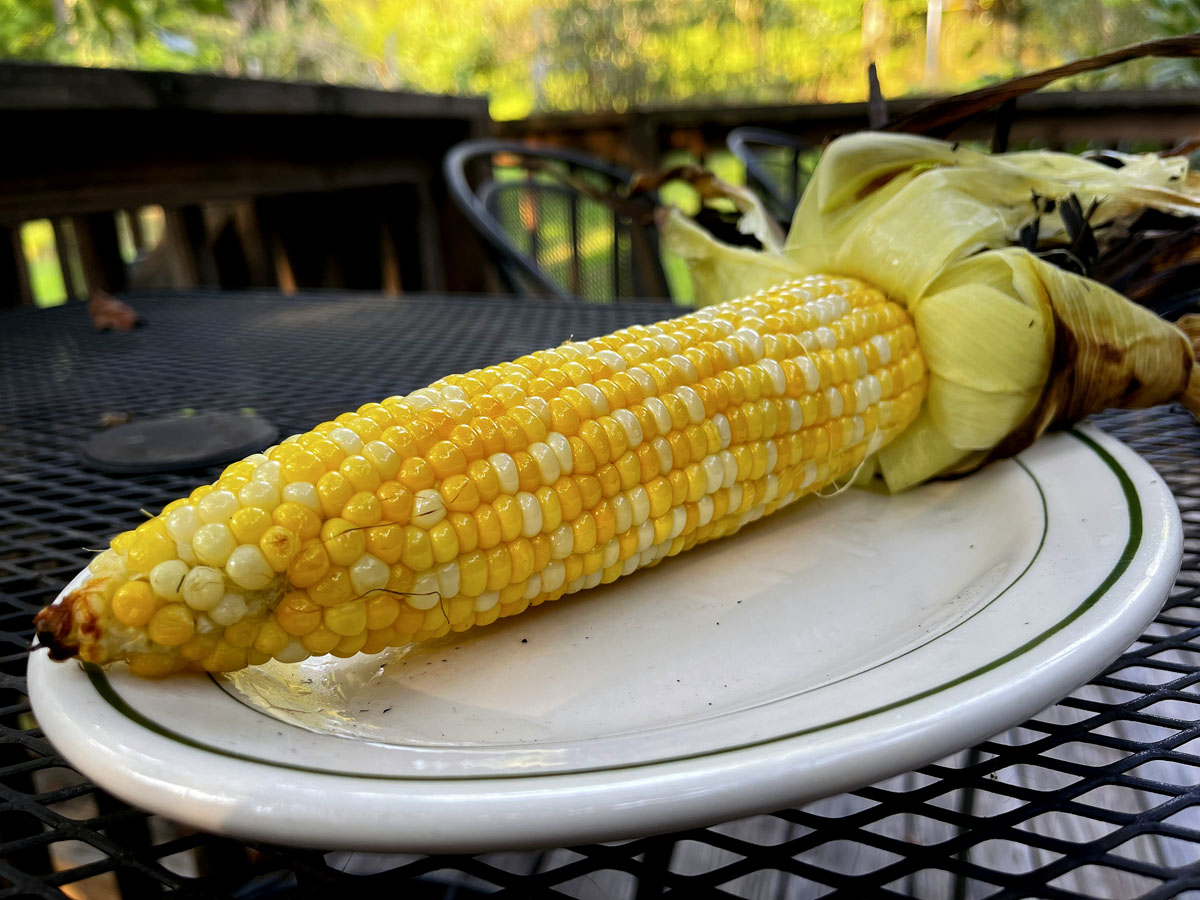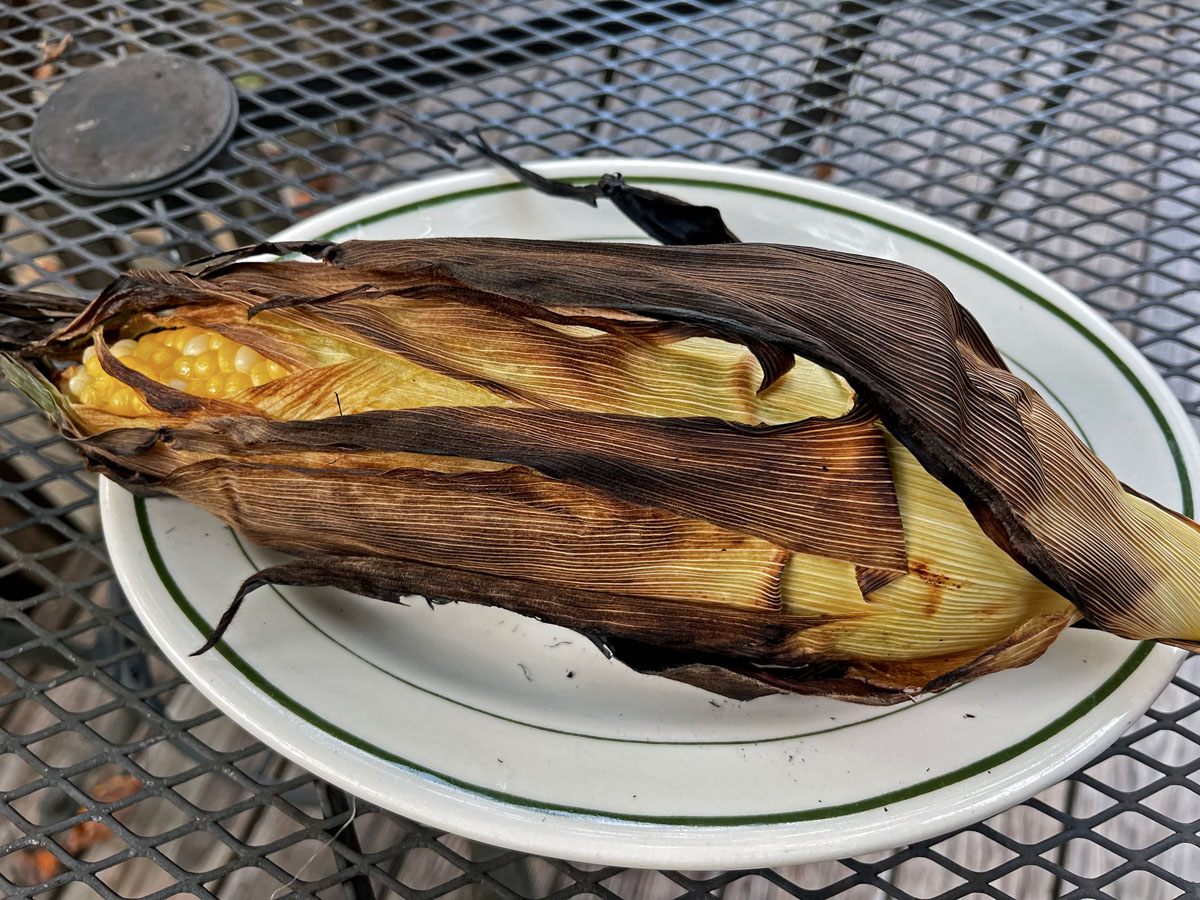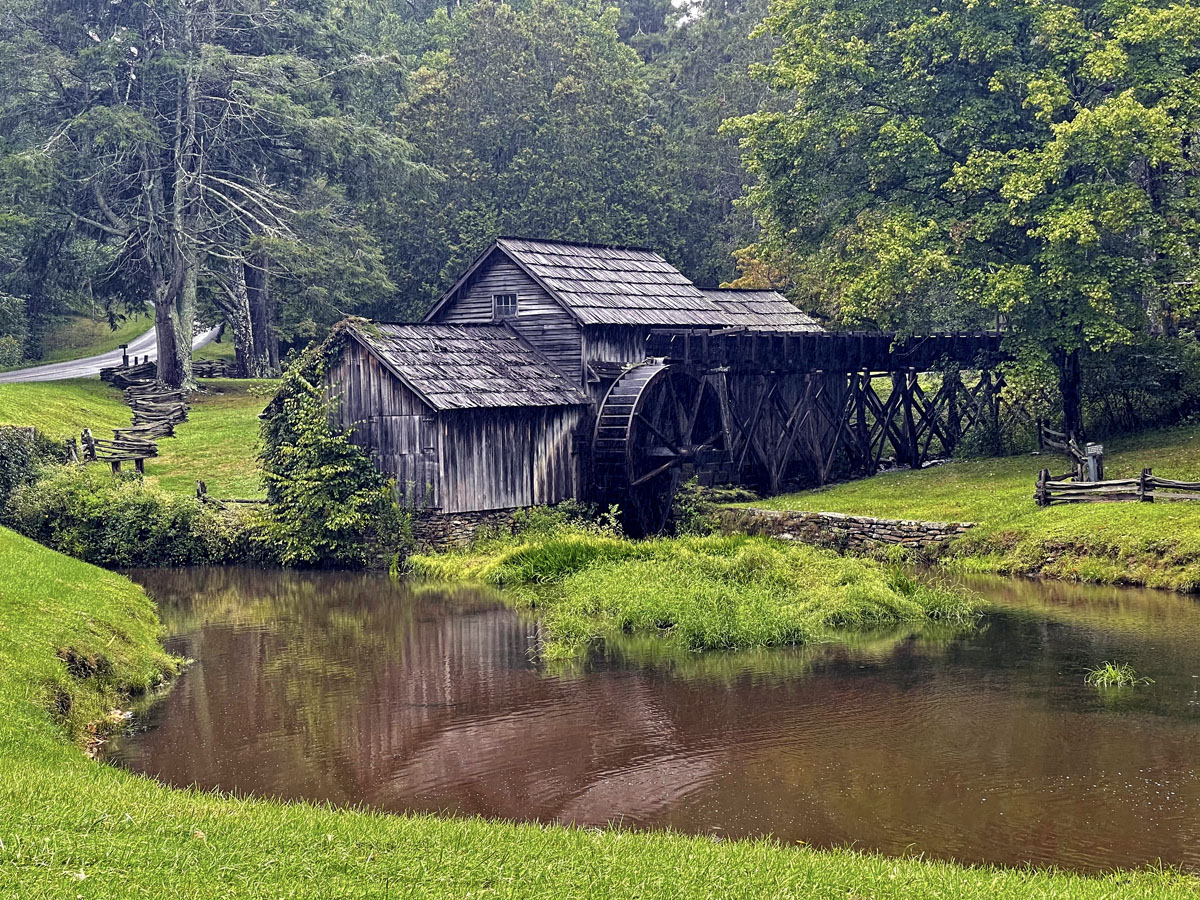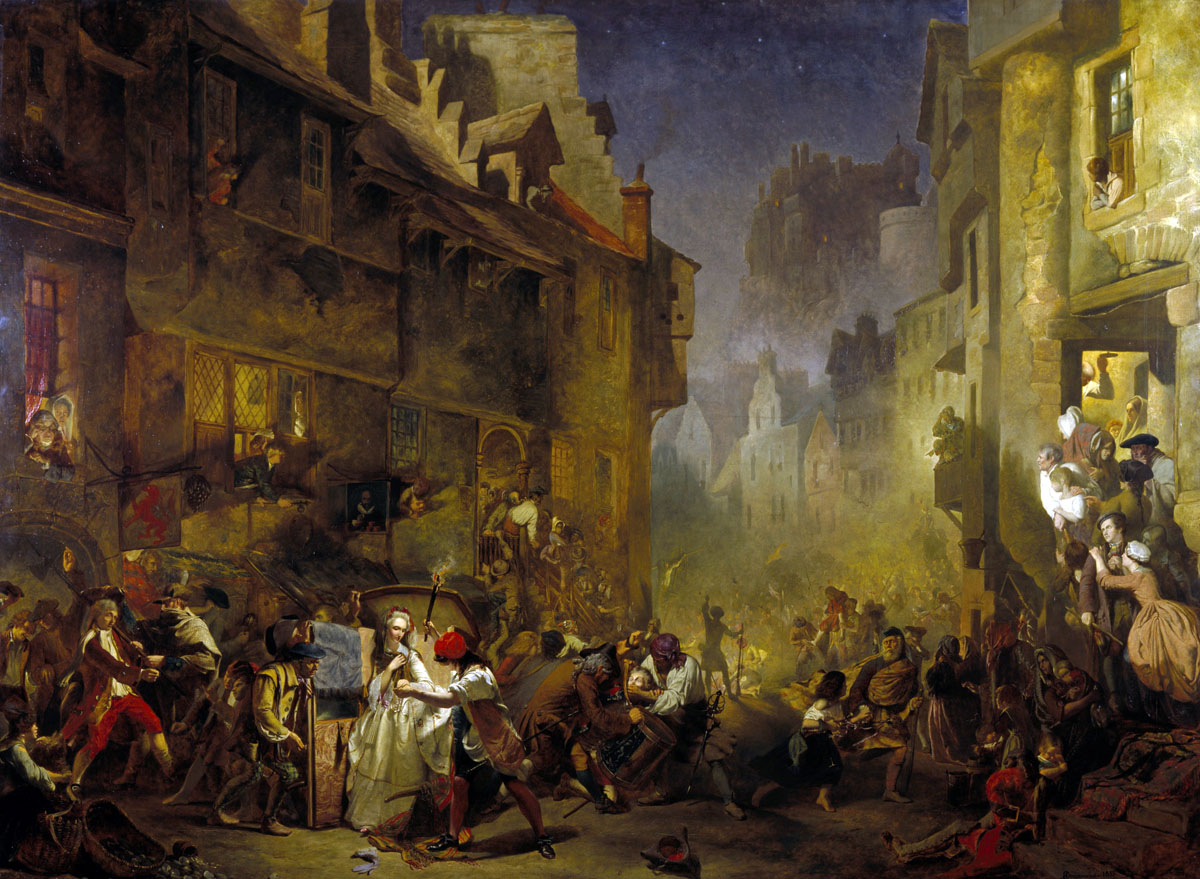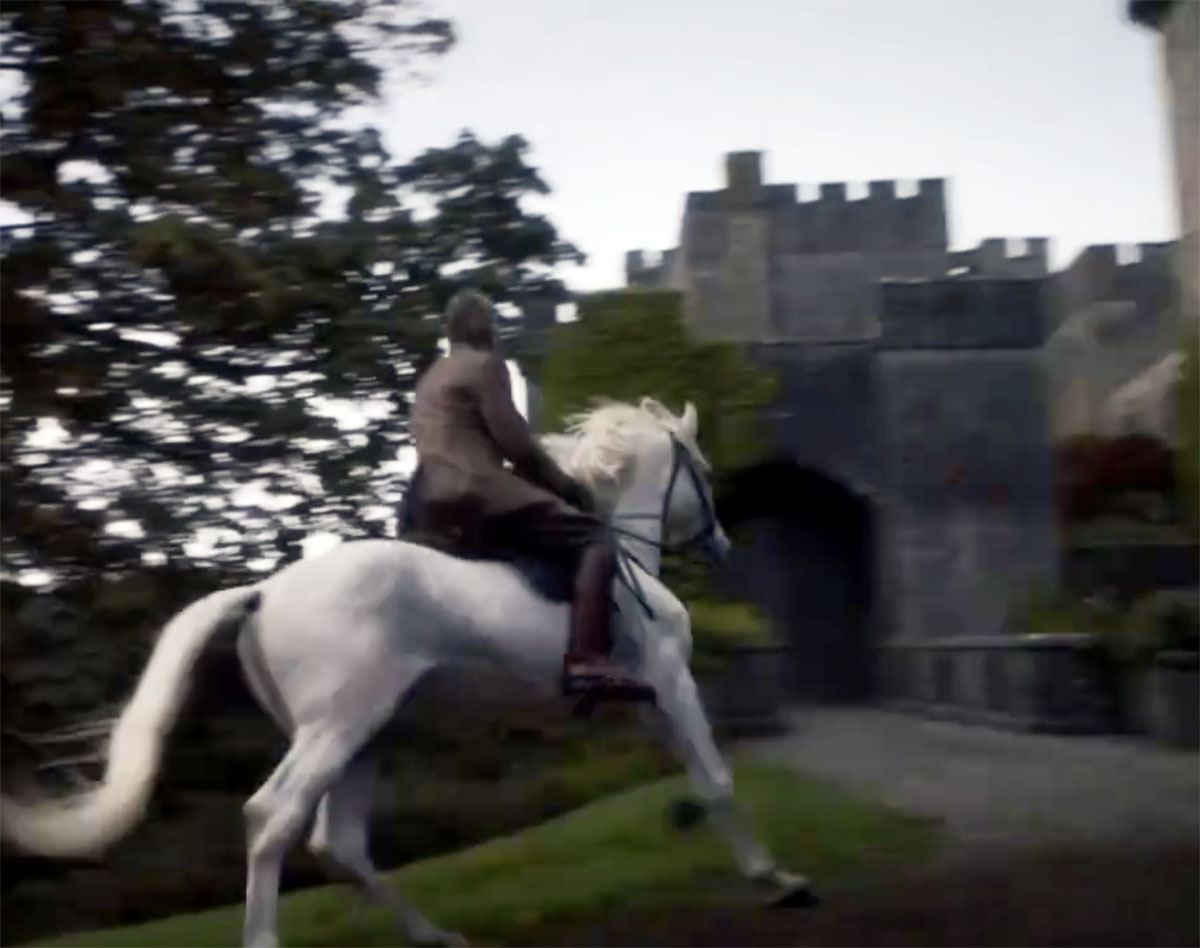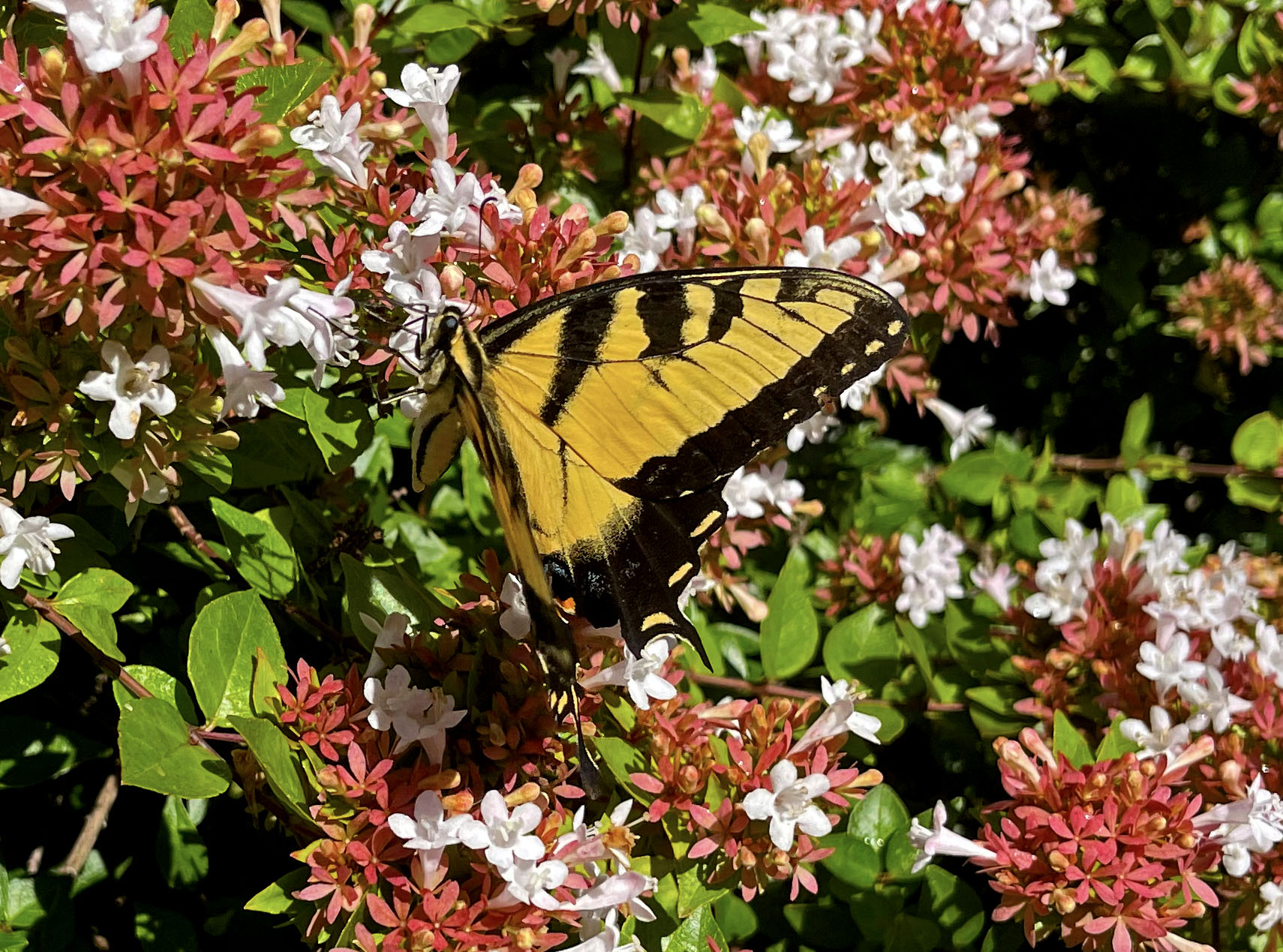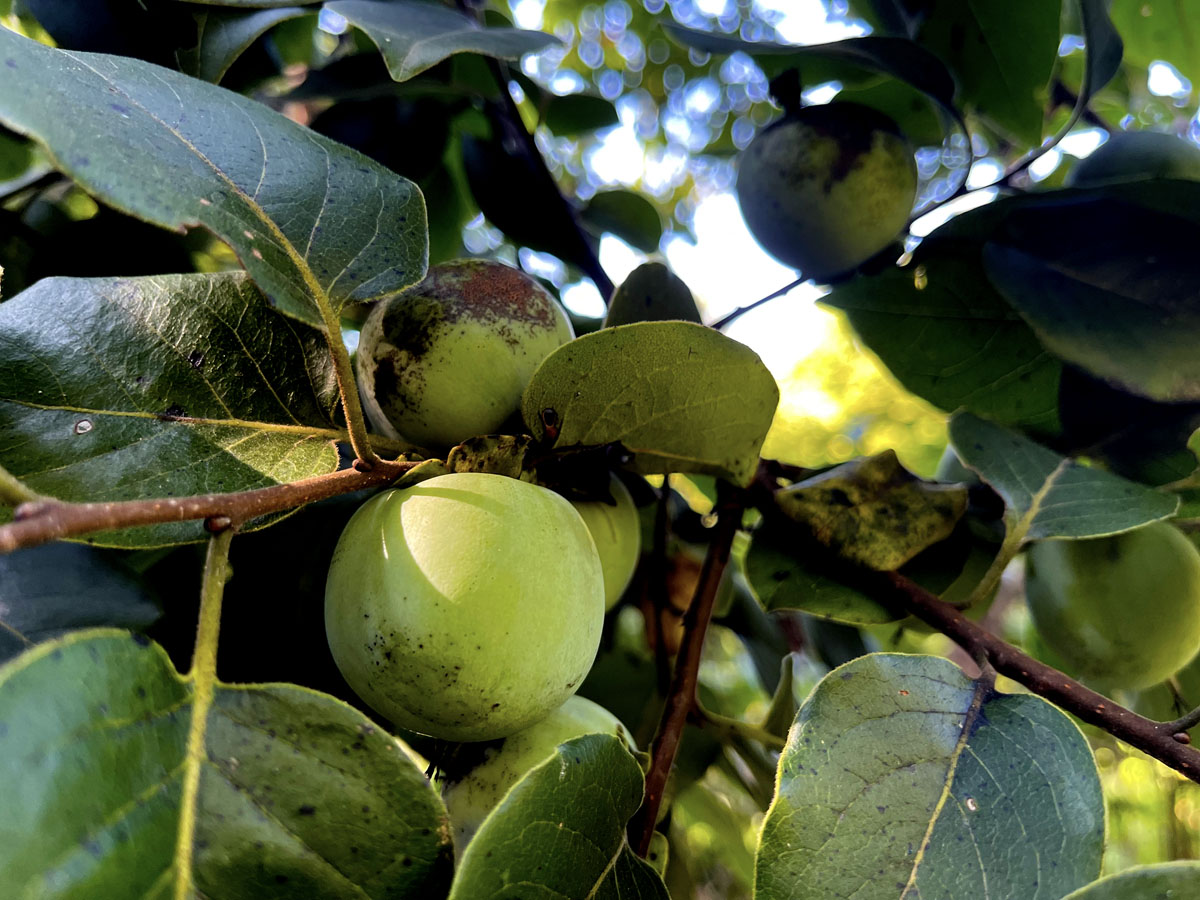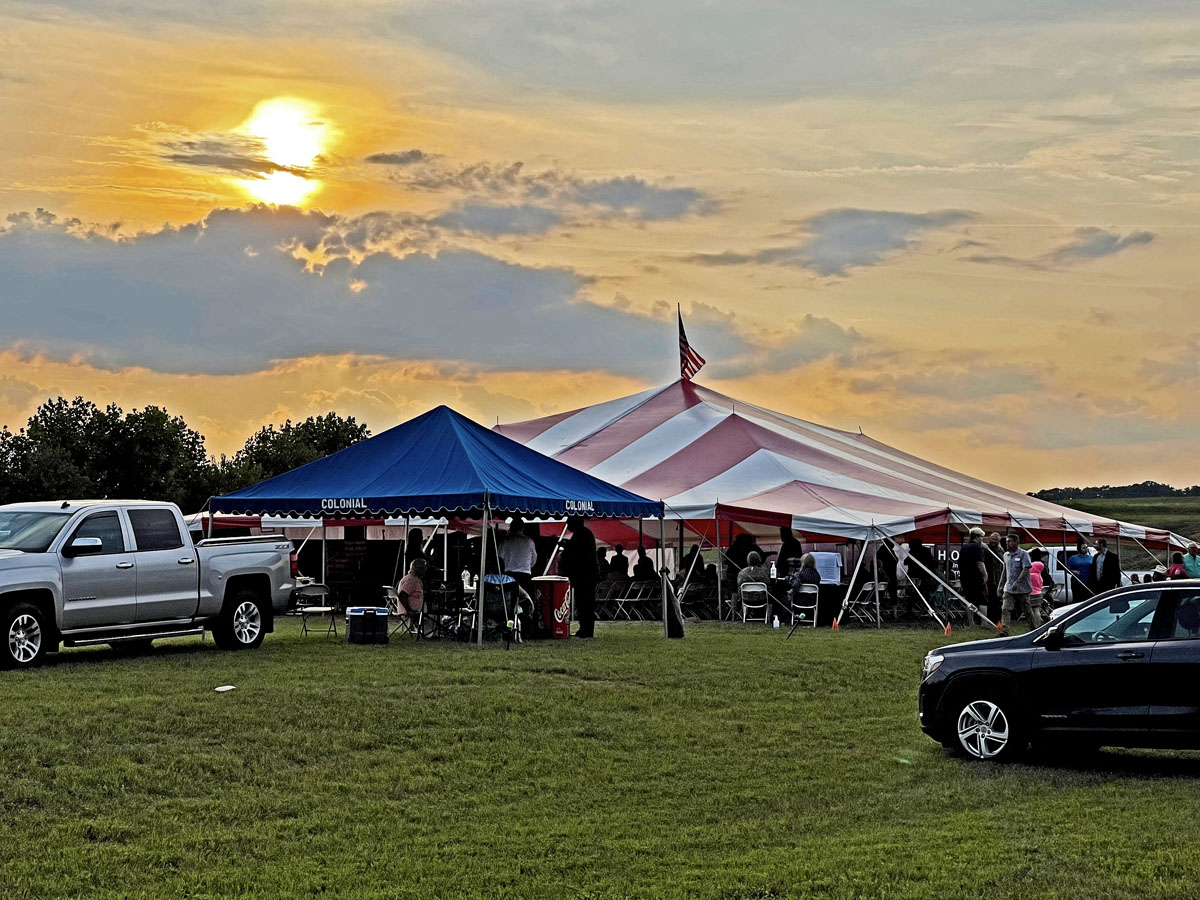
Hubble space telescope: the Sombrero Galaxy. Source: Wikimedia Commons
“… the parties recognize Mars as a free planet and that no Earth-based government has authority or sovereignty over Martian activities.” — Elon Musk, Starlink terms of service
Elon Musk’s long game
Before the likes of Elon Musk started swaggering around the solar system, the question of galactic law was a matter of interest mainly to writers and readers of science fiction, or to those who speculate on whether a galactic federation may already exist, if there are civilizations out there. Elon Musk has forced the issue.
If you sign up for Musk’s Starlink internet service (which involves hundreds of trashy little satellites swarming around earth just above the atmosphere), you will have to agree to these terms of service. I’ve put the diabolical part in bold:
10. Governing Law. For Services provided to, on, or in orbit around the planet Earth or the Moon, this Agreement and any disputes between us arising out of or related to this Agreement, including disputes regarding arbitrability (“Disputes”) will be governed by and construed in accordance with the laws of the State of California in the United States. For Services provided on Mars, or in transit to Mars via Starship or other spacecraft, the parties recognize Mars as a free planet and that no Earth-based government has authority or sovereignty over Martian activities. Accordingly, Disputes will be settled through self-governing principles, established in good faith, at the time of Martian settlement.
Here we see a big part of Musk’s game, which is about power as well as money. He is declaring that Mars is a free planet not bound by any earthly laws. However, if there are disputes about your bill, California law will apply.
Never mind that Musk’s businesses have already sucked up, in subsidies, $4.9 billion in taxpayer dollars. Musk’s intent is to make earth-based governments (and chumps like us who actually pay taxes) finance a libertarian utopia on Mars. Musk will claim big chunks of Mars as his property, his to rule and to exploit, if he gets there first. This is terrifying far beyond the question of who gets to pocket the dollar value of whatever might be found on Mars. Musk not only intends to privatize space, he intends to make space, from the start, into a Wild West beyond the reach of earthly law.
Colonies
My objections are philosophical. Yes, there are obvious parallels with earth’s colonial era and the establishment of European colonies in North America. But, if human civilization on earth has made any progress since 1600, we mustn’t repeat old mistakes. Fortunately for the American colonies, the Enlightenment was well under way as the colonies were developing a constitution and a new body of laws. (Also fortunately, libertarianism at the time was just an embryo.) Today, there are powerful forces that are seeking to roll back the Enlightenment, cripple democracies, empower oligarchies, and maintain order with authoritarian methods including religion.
I am no philosopher, and I am not a historian of law. But I think it’s reasonably accurate to say that, as the American colonies were forming themselves into the United States of America 250 years ago, there were three or so competing philosophies of law and government to draw on. First, there was the concept of natural law, the idea that rights are inherent in being born human, and that rights are not created by government. Second, there was utilitarianism, a theory of ethics which was being developed during the Enlightenment and which boils down to the greatest good for the greatest number. And third, there was religion.
Rawls or Nozick?
Today, the philosophical landscape has changed. There are two new political philosophies to take into consideration. The first is libertarianism. Though libertarianism has some old roots, it wasn’t really codified until the 1970s. Robert Nozick’s Anarchy, State, and Utopia (1974) was a libertarian answer in opposition to John Rawls’ A Theory of Justice (1971). Rawls’ theory is referred to as justice as fairness.
We almost never hear the names Robert Nozick or John Rawls mentioned in the high-stakes and sometimes violent political struggle now playing out in the United States and elsewhere. But that’s what it boils down to — Nozick’s theory of government versus Rawls’.
Nozick, and libertarians, want minimal government, “limited to the narrow functions of protection against force, theft, fraud, enforcement of contracts, and so on.” To quote from Wikipedia, “When a state takes on more responsibilities than these, Nozick argues, rights will be violated.”
Rawls’ theory, unfortunately, is not something that can be summed up in a sentence or two. A good deal of reasoning is required, working from some basic principles. Not by any means does the complexity of Rawls’ theory make it weaker. Rawls’ theory of justice acknowledges a social contract. William Edmundson argues (and I agree), in John Rawls: Reticent Socialist, that the only form of just government under Rawls’ principles is democratic socialism.
In a libertarian utopia, there is no limit to inequality, and human misery is of no concern to the government. Government won’t lift a finger to help anyone, except through the police. In a society based on Rawls, we’re all in it together, and no one can abandon others to a state that they wouldn’t want for themselves.
We’re already close enough to a libertarian utopia to see where it leads. It leads to a tiny elite of super-rich oligarchs, hostile to democracy, lording it over a work force of disinformed, barely educated, and heavily policed ignorati who are expected to work their asses off for a little bit of pie. Of course that’s the kind of society that people like Elon Musk want. They’ll take anything they can get if they can make taking it legal. They even have the power, already, to take money from the weak, through subsidies — reverse taxation. That’s what oligarchy is all about, and that’s what the Trump era is all about — a crude grab to entrench oligarchy in the United States and put it beyond the reach of law and democracy.
A thought experiment
What if Elon Musk’s attempt to lay the foundations of the laws of space has already failed? What if there actually already is a federation of civilizations in our galaxy? What would their law look like? On what kind of principles would that law be based? Though that would have been good to know 250 years ago during earth’s age of Enlightenment, it’s much more relevant now, as earth’s oligarchs compete to extend their power into space, to privatize it, and to set it beyond the reach of earthly law or any human value other than liberty and profit.
Not least because I’m convinced that we are in fact being visited by extraterrestrials, I can’t help but speculate that we already have some hints about what galactic law might look like, if it exists. If earth really is being visited by extraterrestrials, and especially if those visitors are coming from more than one planet, then it seems likely that they already are bound by, and are acting in accord with, galactic law. We seem to have some rights as earthlings, including the right not to be robbed or conquered by those with superior power. It’s possible that they’re even here to help, since they have done no harm. Whatever the principles of galactic civilizations’ law might be, my reasoning tells me that it’s much more likely to be in harmony with Rawls’ civilizing philosophy than with Nozick’s dog-eat-dog Wild West.
However, until such time as the galactic federation makes itself known, we’re on our own to deal with dangerous figures such as Elon Musk. If we’re going to fight this war — and in many ways it is a war — then we need to be clear on the principles at stake. There are those who would tolerate any degree of injustice and misery in the name of liberty. I am not one of them.
Further thoughts
Musk’s self-promotion: It’s possible that the lines about Mars in the Starlink terms of service are really just self-promotion on Musk’s part, intended to direct attention to his other projects and to delight the clueless techno-utopian libertarian fanboys who circulate around him on YouTube and elsewhere.
Rawls the obscure: I often wonder why Rawls is so little known, given that many would agree that he wrote the most important work in moral philosophy for two or more centuries. Partly, my guess would be, that’s because Rawls’ ideas are complex, and the book is a very hard read. His opponents with elite educations and goods of their own to promote certainly noticed quick enough that they had quietly been shamed and diminished. Nozick’s book appeared only three years after Rawls’ book. And some of the most erudite arguments against Rawls have been made by Jesuits, horrified that their theologies are not (even if they ever were) the state of the art in moral philosophy. To my lights, even utilitarianism now seems savage.

